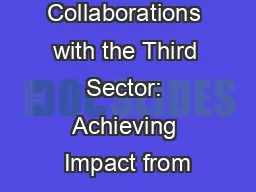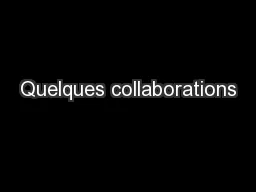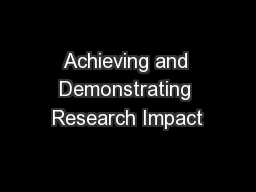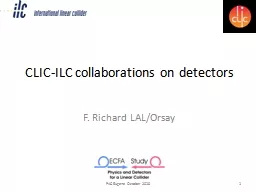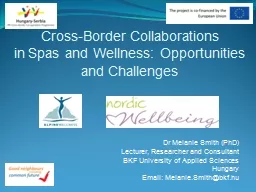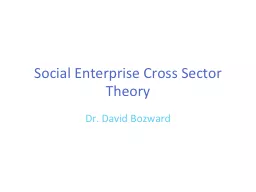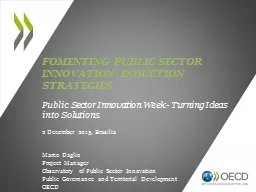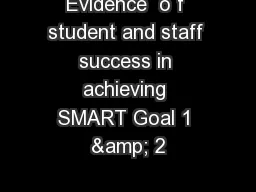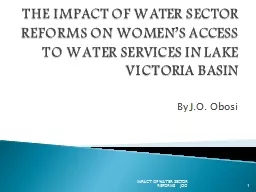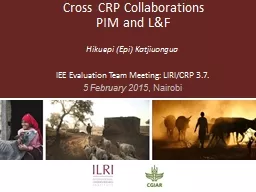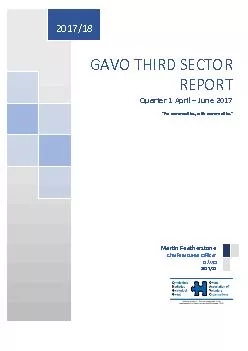PPT-Collaborations with the Third Sector: Achieving Impact from
Author : phoebe-click | Published Date : 2016-06-24
Susan Davidson PhD Research Adviser Age UK Mission to improve the lives of older people Social enterprise and charity 7 areas of activity 170 local Age UKs 3000
Presentation Embed Code
Download Presentation
Download Presentation The PPT/PDF document "Collaborations with the Third Sector: Ac..." is the property of its rightful owner. Permission is granted to download and print the materials on this website for personal, non-commercial use only, and to display it on your personal computer provided you do not modify the materials and that you retain all copyright notices contained in the materials. By downloading content from our website, you accept the terms of this agreement.
Collaborations with the Third Sector: Achieving Impact from: Transcript
Download Rules Of Document
"Collaborations with the Third Sector: Achieving Impact from"The content belongs to its owner. You may download and print it for personal use, without modification, and keep all copyright notices. By downloading, you agree to these terms.
Related Documents

